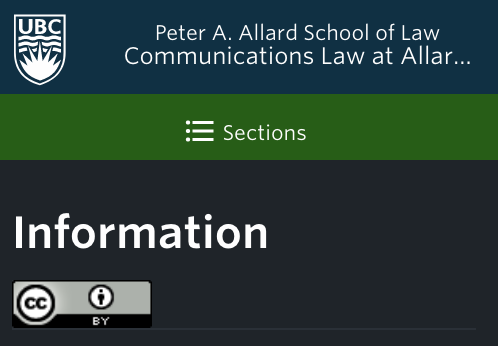On March 6, 2025, Hazelight Studios released Split Fiction, a co-op video game where protagonists, Zoe and Mio, get lured to a tech company with the prospect of publishing their novels. However, what ends up happening is that their brains get stripped of every story they have ever conjured, wind up in their fantastical stories, and have to find a way out!
Split Fiction has quickly hit milestones, reaching one million in sales within two days of being released and receiving many positive reviews. However, what has captured my attention about the game is the protagonists. Zoe and Mio are female. In an industry where “only 6% [of video games] feature a female character in the lead role,” we get two! This is important because, more often than not, women in video games end up being secondary or background characters.
Moreover, Zoe and Mio are “ordinary” (for lack of a better word). What I mean is, they are not overly sexualized.

Zoe and Mio from the game Split Fiction
The over sexualized representation of women has been a historical issue with the industry, and a lot of it has to do with EDI issues within the industry itself.

Lara Croft is a classic example of women being over sexualized in video games
Perhaps Hazelight is paving the way for a new generation of games and developers where games are becoming more diverse and inclusive, as director Josef Fares called out sexist YouTube comments on a Split Fiction Trailer. All in all, I hope Split Fiction serves as an example that women-leading video games can be good, fun, and successful, just like any other game, and that we can expect more games like this in the near future.
 Communications Law
Communications Law
Hi Jenny,
Split Fiction sounds like a very interesting game with an intriguing premise. It is definitely true that very few video games feature female protagonists. Further, women are often underrepresented and oversexualized in many games. Therefore, a game like this doing well can be important in propelling change. As the video game industry shifts to become more inclusive, with more women represented in player demographics, hopefully we can see more games like Split Fiction.
Hi Jenny,
I appreciate your insights on Split Fiction. It’s refreshing to see a game not only succeed commercially but also push boundaries in representation. Most of the video games I played growing up had male heroes, while female characters were often relegated to secondary roles, NPCs, and decorative figures. The portrayal of Zoe and Mio as authentic and “ordinary” female leads feels like a positive step forward. Hopefully, Hazelight’s commercial success will encourage more studios to follow suit—not shying away from diversity, but integrating it into thoughtful storytelling and engaging gameplay.